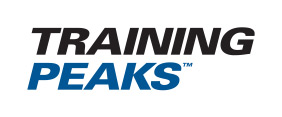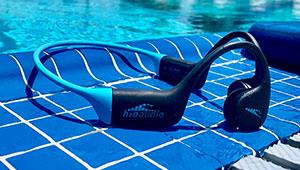Focus on Quality, Not Quantity
After the critical areas of focus have been identified, the goal should be on quality sessions built around bolstering these weaknesses. The off-season should be seen as a chance to get a jumpstart on race season training.
The traditional approach of long rides in Zone 1 don’t necessarily help to strengthen areas of weakness, nor do they prime the body to handle race-focused workouts.
Priming and preparing the body to handle the training load necessary for race preparation, as well as building a strong foundation, should be of paramount importance. The traditional approach of long rides in Zone 1 don’t necessarily help to strengthen areas of weakness, nor do they prime the body to handle race-focused workouts.
Rather than a multi-hour Zone 1 ride, things like FTP-specific sessions, sweet spot, or long tempo workouts may be more impactful. The goal is to take the time that may have been traditionally spent performing LST, and shift that time towards more beneficial training.
Naturally the volume of this time period will be less than that of a race-focused build period. Using the volume reduction as an opportunity to make every pedal stroke count helps to not only make for impactful training, but also keeps athletes motivated and goal-oriented.
Scheduling specific workouts or integrating key intervals into longer base rides are great ways to make the most out of off-season miles. Finding the right approach, and a blend of focus and rest, is key in determining what proper execution looks like. Setting an intention for the off-season allows an athlete to remain focused on a goal, while still achieving the ever important mental and physical rest required of this time period.
Think Critically
Too often athletes arrive in the spring with a level of base fitness that’s unable to support the stress of race specificity. Whether it’s a low CTL, declining FTP, or insufficient aerobic strength, the necessary pieces need to remain in place despite the shift in focus.
To combat this and ensure preparedness, think through how the off-season should be laid out, and when it’s time to transition to race prep. Set milestone goals based on the post-season review as well as goals for the coming season.
These can be based on CTL, FTP, peak power, or any other key metric that might be driving progress. These metrics-based goals will ensure that each workout and subsequent training block is building appropriately through the season. Thinking far in advance will not only make for a productive off season, but also more adequate preparation for the first build period(s) of race season.
While the off-season should be a time of rest and relaxation, it doesn’t have to be a time when goals are put on the backburner entirely. A critical and thoughtful approach to this time of year can achieve the correct blend of base fitness and race season preparation. It all begins with a thorough review of last season’s data, and culminates with a metrics-based approach to off-season workouts that focuses on key areas of performance.
This period of time is fundamental for athletes to work toward near-term goals and lay the proper foundation to launch into specific training in the spring. View the off-season as an opportunity to make the season to come the best yet.
 READ THIS NEXT: 8 Tips for Better Winter Cycling
READ THIS NEXT: 8 Tips for Better Winter Cycling
- 2
- of
- 2
About the Author










Discuss This Article